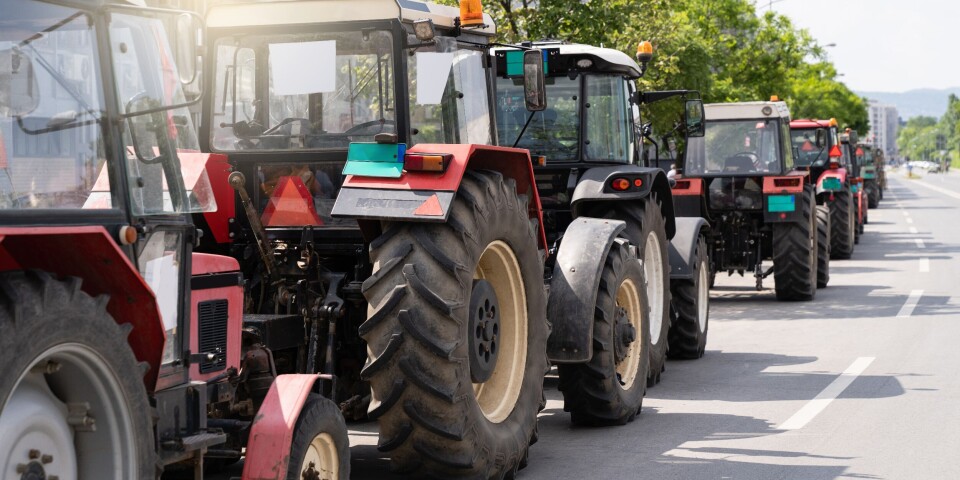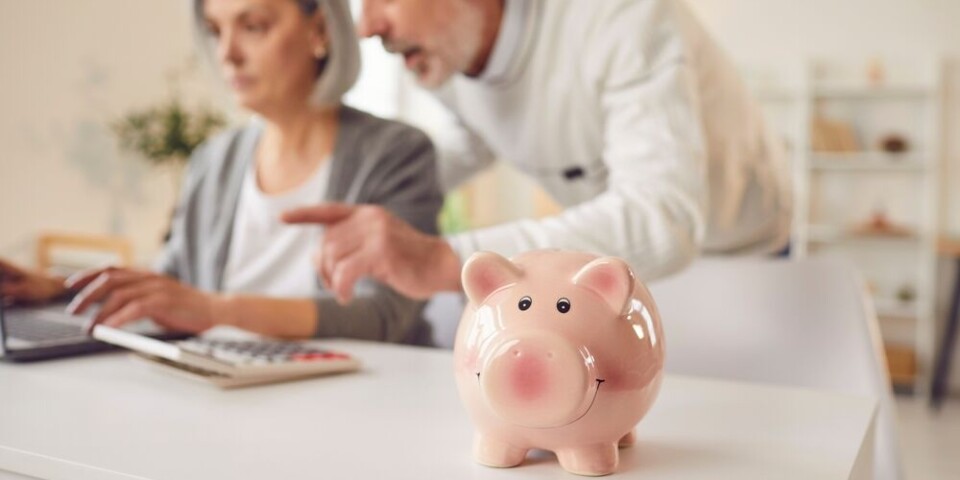Wild mushroom poisoning on increase in France: Tips to avoid it
Some species can be easily confused and cause severe poisoning or worse
In case of any doubt that the mushroom you have picked is edible, discard it and do not eat it
Ground Picture/Shutterstock
People in France have been warned to stay alert to the risks of mushroom poisoning and to take measures to avoid it, with around 500 poisonings having been counted since July this year alone.
“Since July 1, 2025, around 500 poisonings linked to picking and consuming mushrooms have already been counted by anti-poison centres,” said the national food safety agency, l’Agence nationale de sécurité sanitaire de l’alimentation, de l’environnement et du travail (Anses), in a statement on September 26.
It added that the poisonings were mainly due to:
Confusion of an edible species with a toxic species
Poor storage of mushrooms
Consumption of mushrooms that were rotten, not cooked enough, or in too-large quantities
The most frequently-confused mushroom species last year were the:
The webcap is “highly toxic”, the agency warned. It grows on dead chestnut, olive, and oak wood.
Other often-confused species include the death cap - which is highly toxic and potentially fatal if consumed - and the parasol mushroom, which is edible.
Health consequences
Last year, there were 1,363 mushroom poisonings reported nationwide between July 1 and December 31, Anses said.
Of these, almost half of the people (47.9%) suffered from digestive issues, including abdominal pain, nausea, vomiting, and diarrhoea.
The others suffered:
Neurological issues - dizziness, headache, shaking, coma: 18.1%
Other effects - fatigue, malaise, hyperthermia: 17.3%
Skin issues - excessive sweating: 9.7%
Cardiovascular problems - Low blood pressure, heart palpitations: 7%
Anses highlighted that 41 of the above poisonings were severe, with three deaths, and three instances of kidney failure.
Good pick guide
Anses also has the following advice for pickers:
Use a wicker basket, crate or cardboard box to store your mushrooms. Never use plastic bags, as they speed up decay.
Choose a picking site far from polluted areas: roadsides, industrial areas, landfill sites, pastures, as mushrooms absorb the pollutants to which they are exposed
Only pick mushrooms you know very well. Some highly poisonous mushrooms look very similar to edible species.
Be aware that poisonous mushrooms can grow where you picked edible mushrooms another year.
If you have the slightest doubt, do not eat anything until the plant has been checked by a pharmacist or a mycological association
Avoid picking young specimens that have not finished forming, which encourages confusion, and old specimens that risk being damaged or colonised by worms or insects.
Wash your hands thoroughly after picking
Take photos of your harvest before cooking, as this will be useful in the event of poisoning, when deciding on the appropriate treatment
Store mushrooms in a refrigerator (max. 4°C), avoiding contact with other foods, and eat them within two days of picking
Never eat mushrooms raw, and cook each species separately and thoroughly: 20 to 30 minutes in a frying pan or 15 minutes in boiling water, discarding the cooking water. This destroys parasites and bacteria, and makes some species edible (shiitake, morels, some boletus);
Only eat mushrooms in reasonable quantities, e.g. a maximum of 150 to 200 grams per adult per week
Never give picked mushrooms to young children, the elderly, or pregnant women, as there is a high risk of dehydration, death, and certain bacteria or parasites such as toxoplasmosis
Do not eat any mushrooms identified using a mushroom recognition application on a smartphone, as there is a high risk of error.
Do not eat mushrooms sold by non-professionals.
What if I feel unwell after eating wild mushrooms?
Mushroom poisoning is an emergency, so if you suspect poisoning you must act quickly.
Immediately contact your local poison control centre
Call the emergency number 15, indicating that you have consumed mushrooms
Avoid any doubt
In case of any doubt that the mushroom you have picked is edible, discard it and do not eat it. Many common varieties are very easily confused with toxic species.
Many pharmacies in France can advise on mushrooms. Take your harvest to a pharmacy that has a mushroom-trained pharmacist on duty, and they can help you determine whether your pick is safe or not. All pharmacists should, in theory at least, be familiar with those that grow in their area and that are dangerous.
Not surprisingly, pharmacists in rural areas tend to be better-informed than city ones as they are likely to be asked about the subject more regularly.
You can also seek advice from a local mushroom society.
Anses warns that mushroom collector guides and smartphone apps can be easily confused, and should not be taken as 100% trustworthy sources of whether a mushroom (or any other plant) is safe to eat.




























